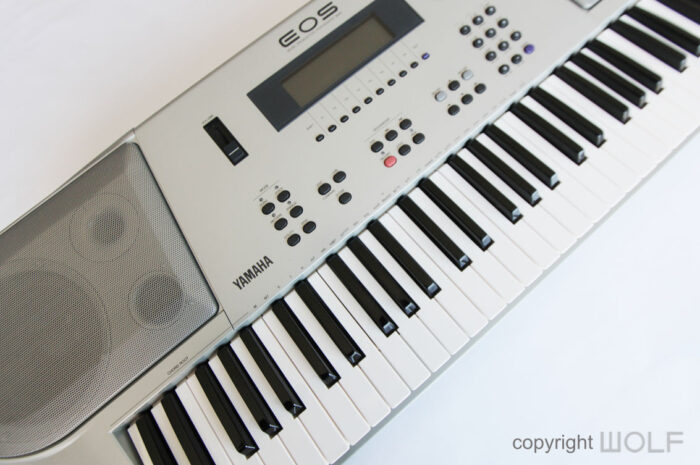WOLF retro DESIGN REVIEW. 15th November 2023
A retro review looks at products that are at least over ten years old from a present-day WOLF design perspective. While the technology and fashion of the period influence design, and are taken into consideration, great design ideas will transcend their eras to be timeless.
Interesting and factual information may be provided, but our review aims to deliver insight from the perspective of a designer’s mind and eyes.
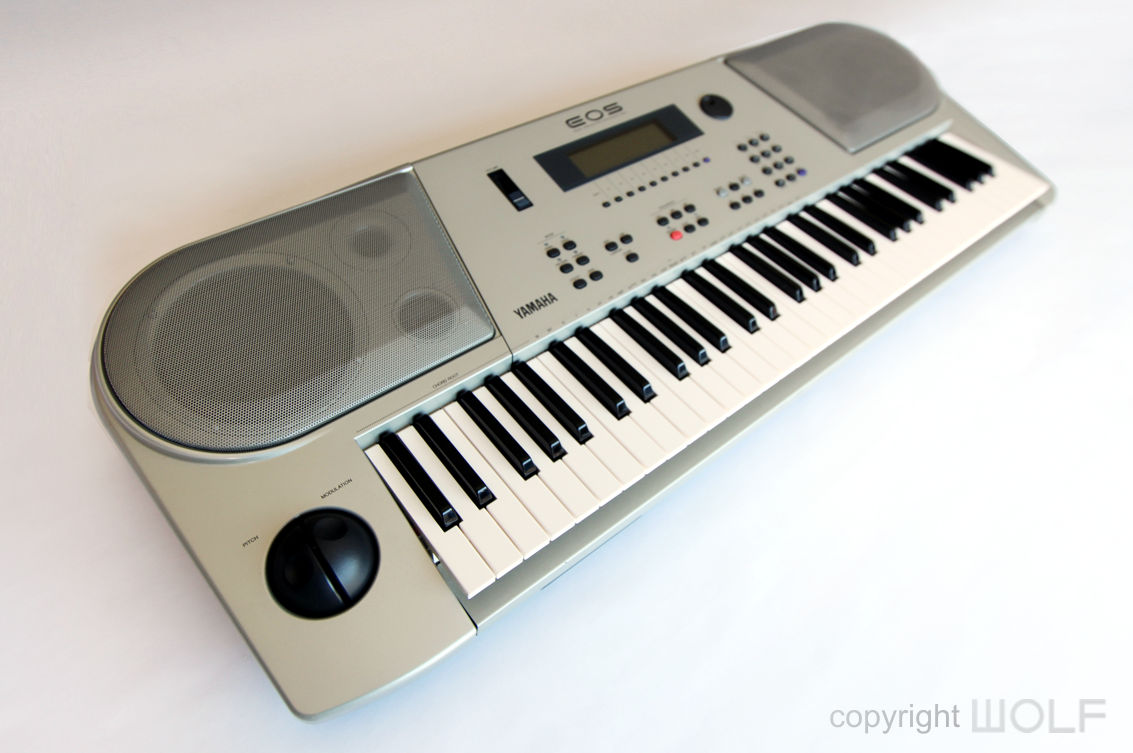
A mid 90’s vibe
Introduction
Product Focus
As with most reviews the focus is on design and its evolution with similar products. The functioning systems and sound quality are not necessarily considered.
Product description
Launched in 1995 the B900 followed on from the B700(1993) and B500(1990). When we first reviewed Yamaha’s B500’s in April 2018, the most notable characteristics were the built-in speakers, a common theme with all EOS B-series synths. It signifies an amateur instrument though definitely a cut above most home keyboards. EOS stood for Entertainment Operating System and was a simple workstation primarily aimed at the Japanese market for beginners and intermediate keyboard players.
Price and Availability.
These were only sold in Japan when new and are relatively plentiful there on the second-hand market. If you find one outside of Japan it was probably imported privately and could cost anywhere from $350 to $500US, depending on condition and accessories.
Additional information
From 1988, when the B200 was released, through to 2007, Yamaha held an EOS contest judged by notable Japanese musicians, bringing attention to the field of synth-based music production. The B900 was developed with a high level of supervision from renown music producer Tetsuya Komura who was involved with everything from the sounds and patterns to the elegant body design and colouring of this instrument.
Review
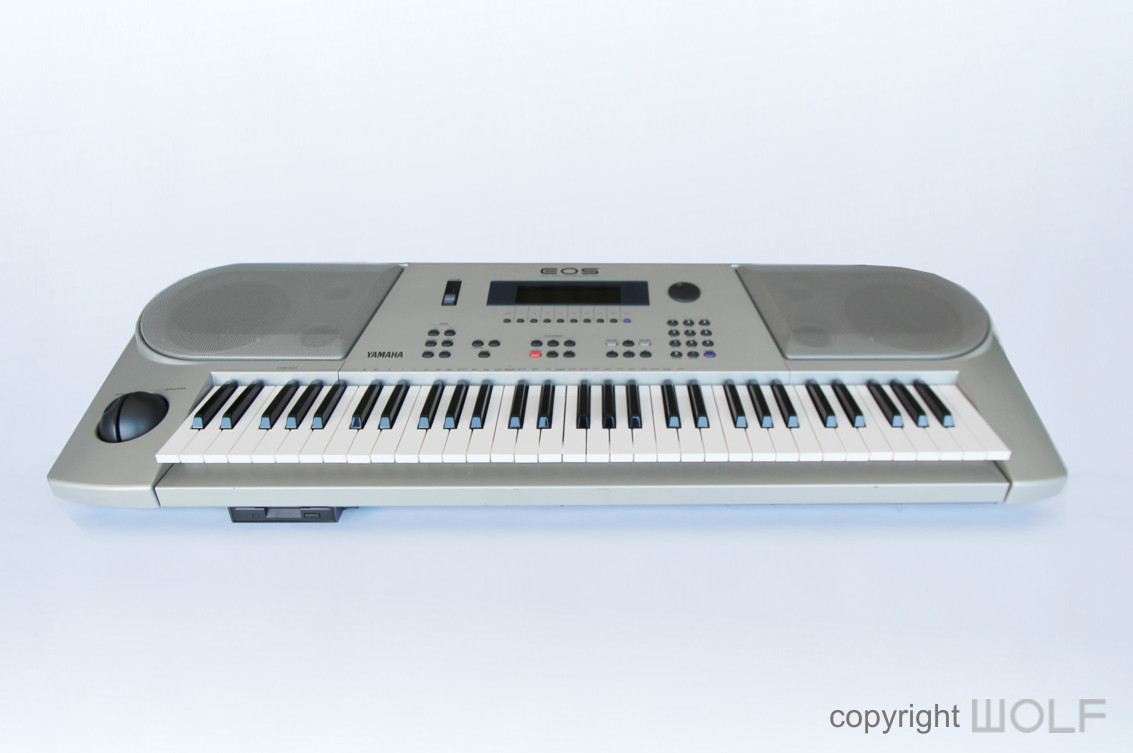
From this perspective the disk drive upsets the B900’s strong sense of symmetry.
First impression/ Delight
The B900 was a clear evolution of the B700 and B500 (which were near identical in body shape). Like its predecessors it is rather bulky overall. The large speakers have an updated design but still remain relatively dominant. The metallic Beige/champagne colour is more towards being silver but under certain lighting conditions can appear more gold like the B500. Other than bolder speakers, screen and cool new colour there is nothing cosmetically to suggest innovation. The round sphere wheels were seen originally on the B200 in 1988 has remained a constant across all B-series synths.
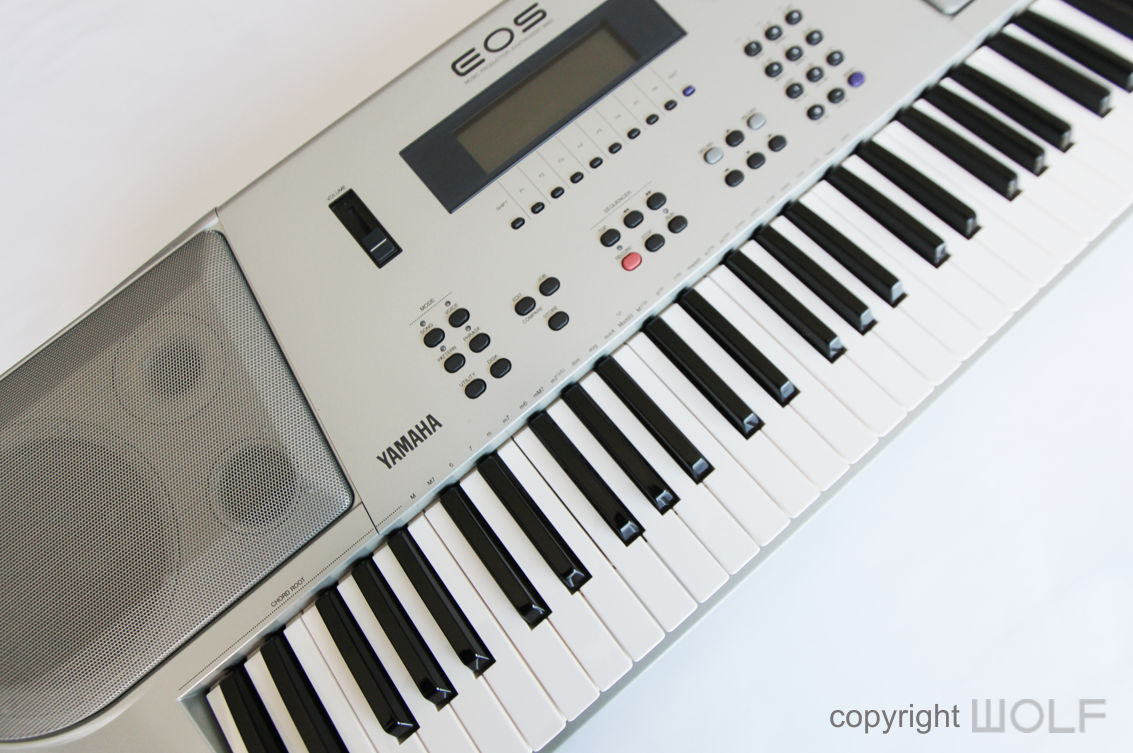
Exterior Design Review
The B900 is dominated visually by its built-in speakers that merge straight lines with curves. The buttons on the face plate are neatly arranged with plenty of space, but are still a bit small in our opinion. Like the B500, all the buttons, the screen and alpha dials look as though they were borrowed from other machines. The larger screen is a welcome upgrade and fills the large face panel better than previous EOS models. This is balanced nicely with a traditional volume slider to the left and an alpha dial to the right. There is a lot of open space on the face plate and with such small buttons the synthesizer is rather bulky in appearance. The rear panel draws focus to a large “EOS” logo with lower section in a dark grey colour for a two-tone effect. The bottom rear corners below the speakers no longer have the fluting design details featured on the B500.
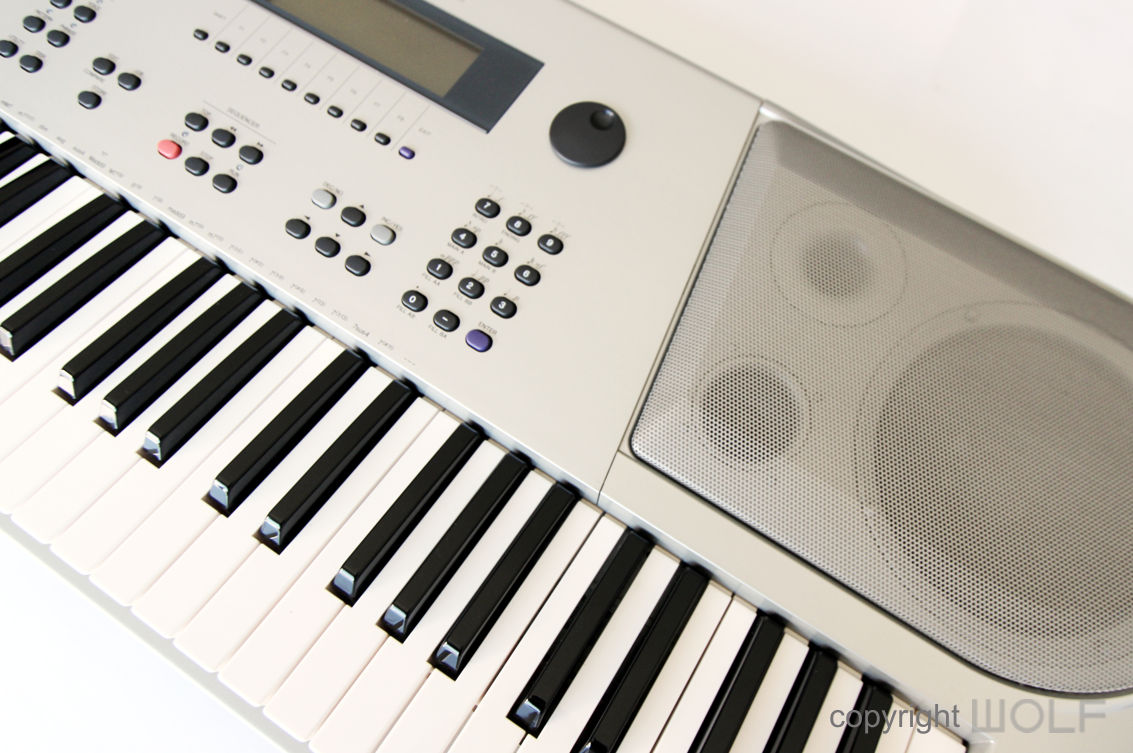
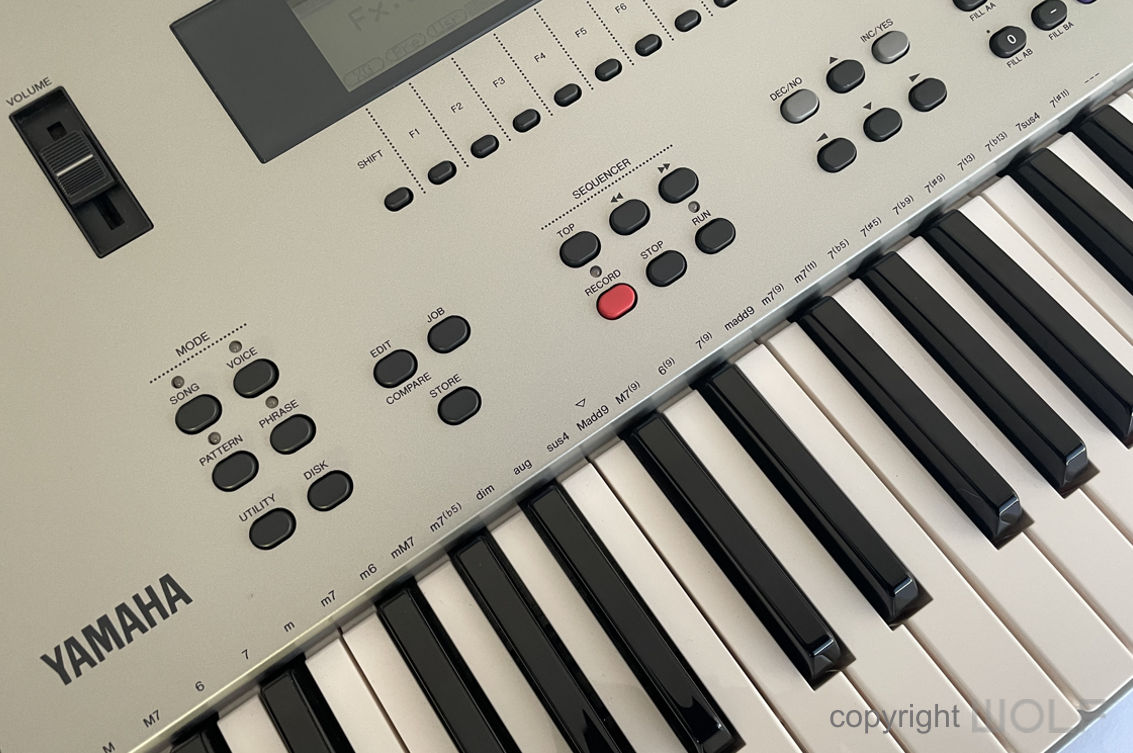
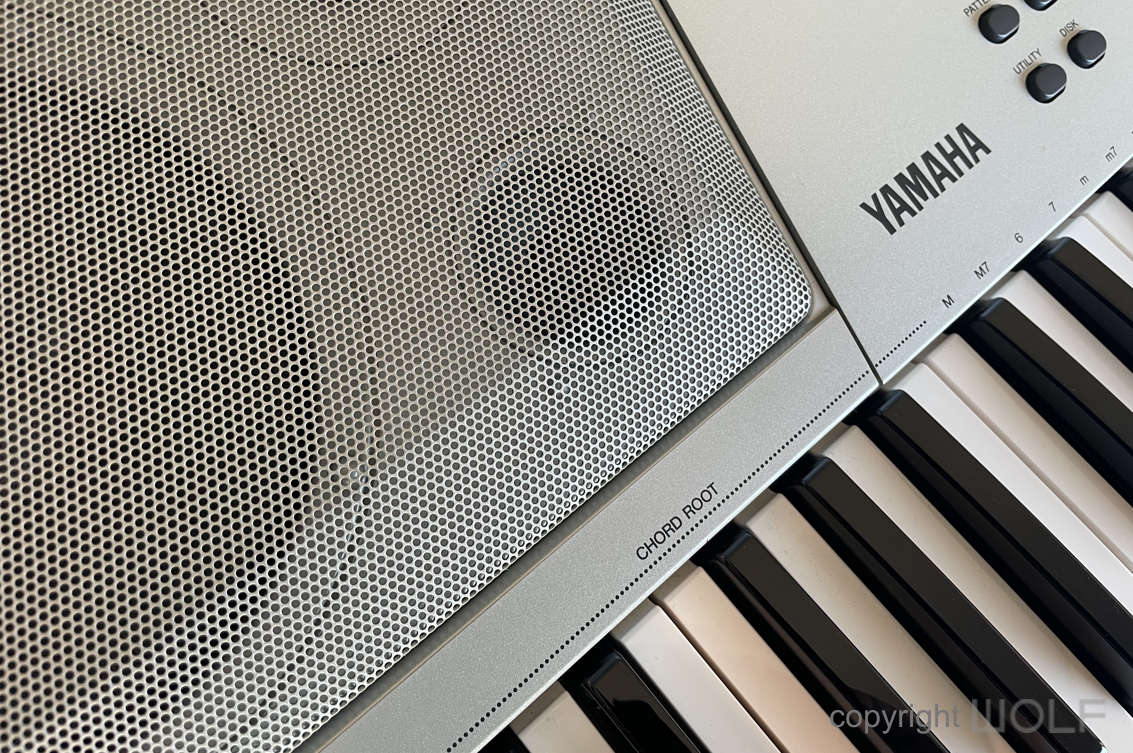
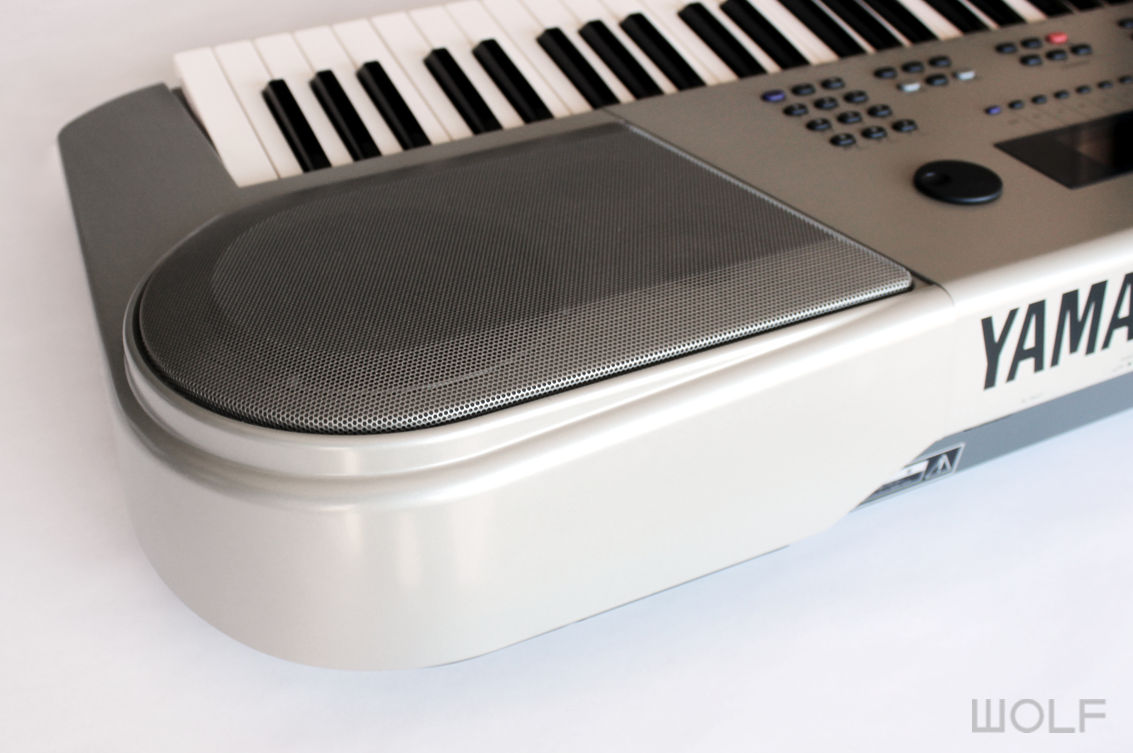

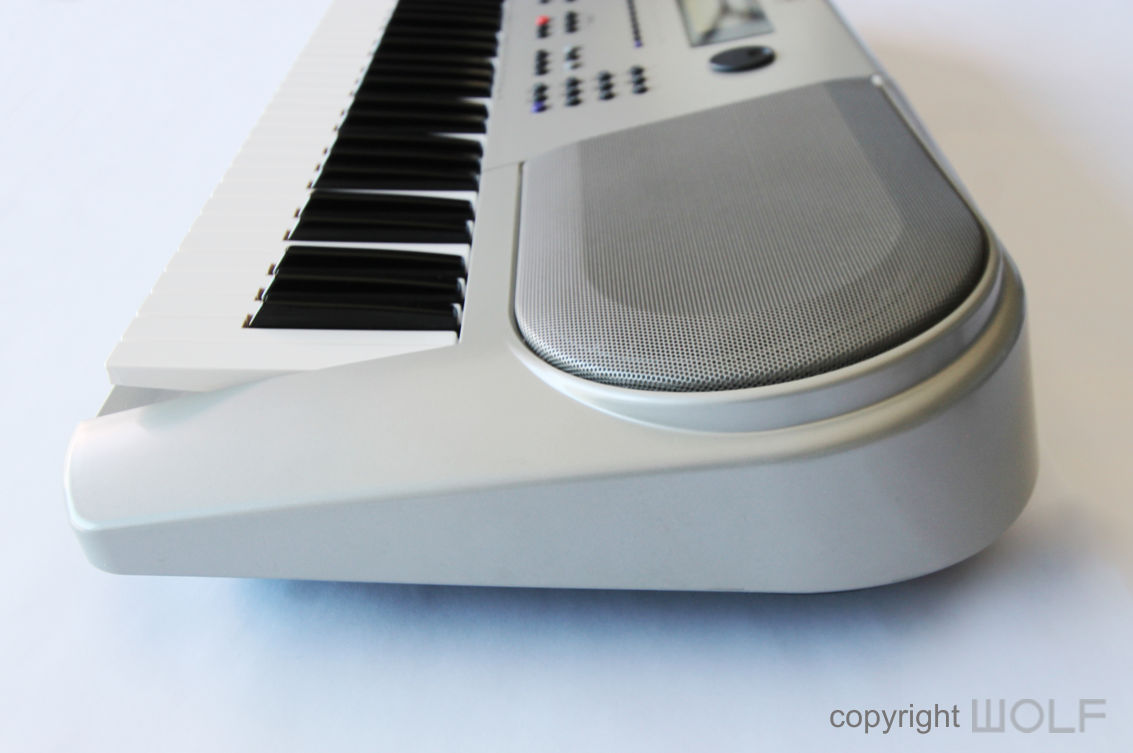
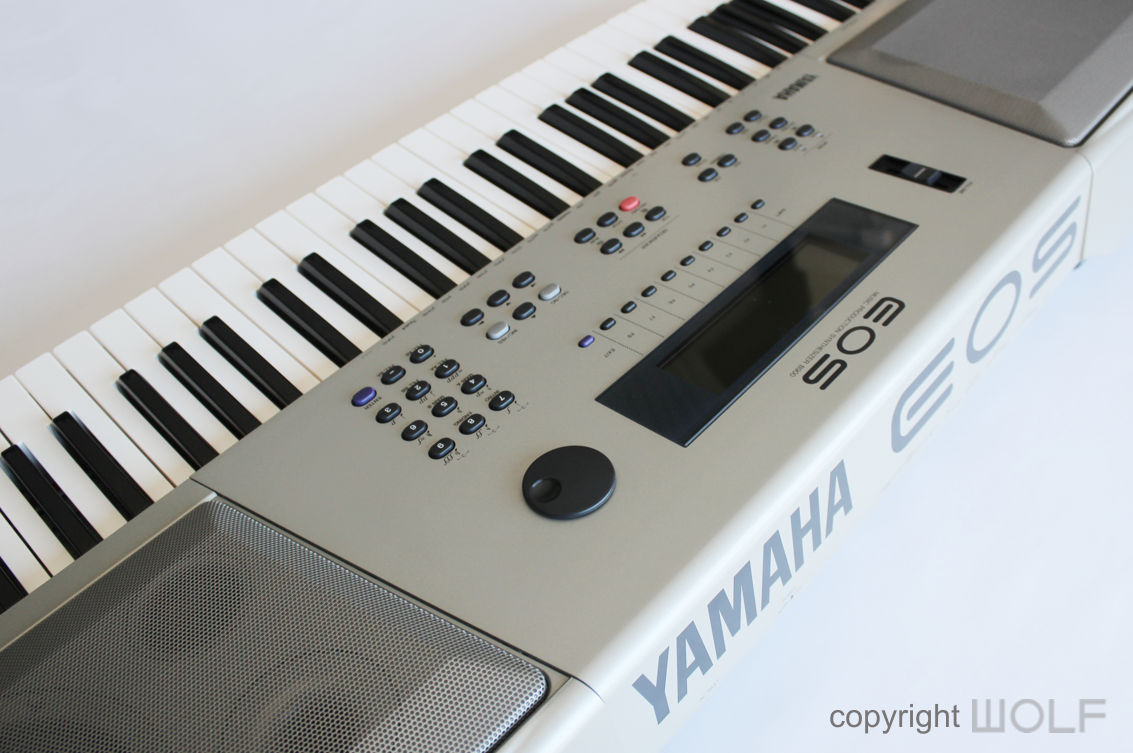
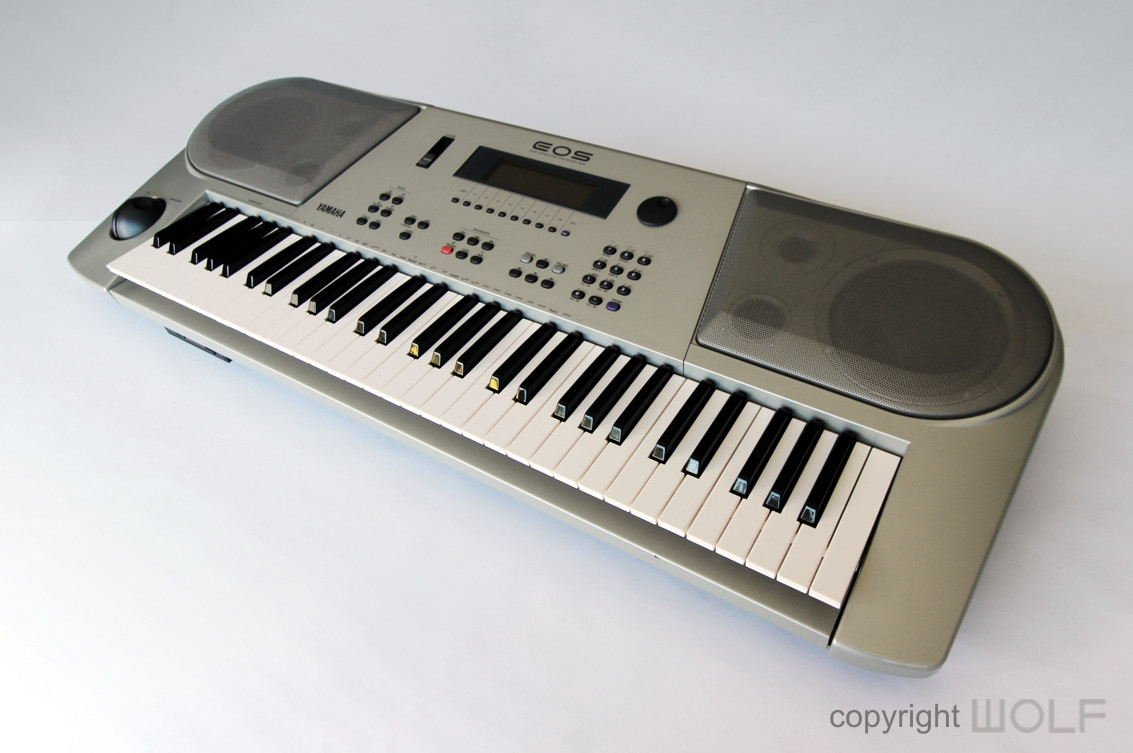
Craftmanship.
There is a lot of plastic and it feels like plenty of empty space within. This is not a unit to be regularly gigged or used in live performances because the body will scuff, chip, and scratch easily. However, the EOS range was not intended for that purpose but rather to look friendly in a home studio. The updated speaker design with bevelled edge feels stronger and less prone to dints. The buttons, keys, screen, and modular wheels are all solid as is standard with Yamaha and many can still be found in excellent condition.
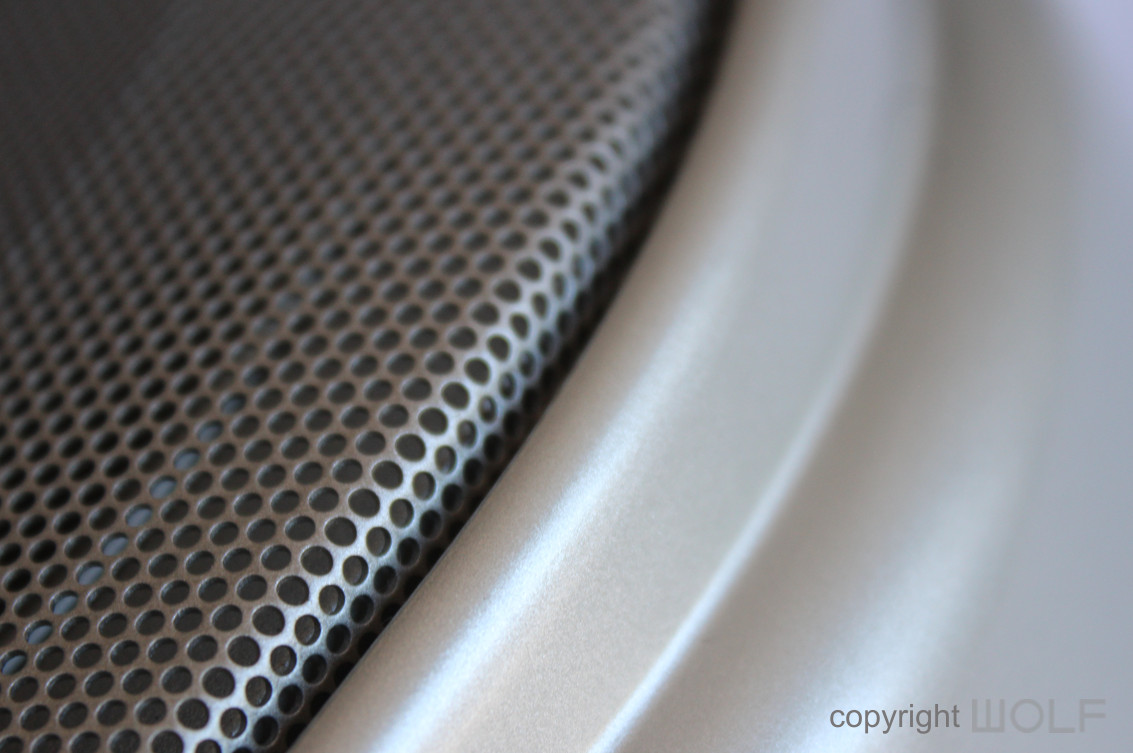
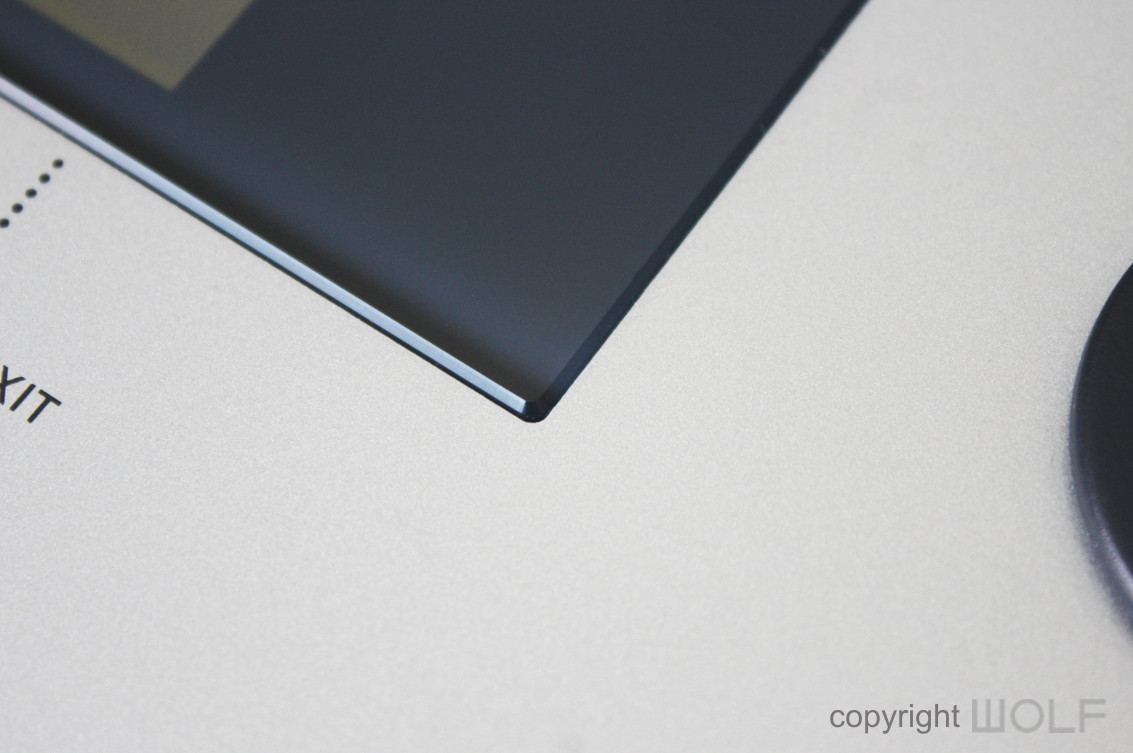
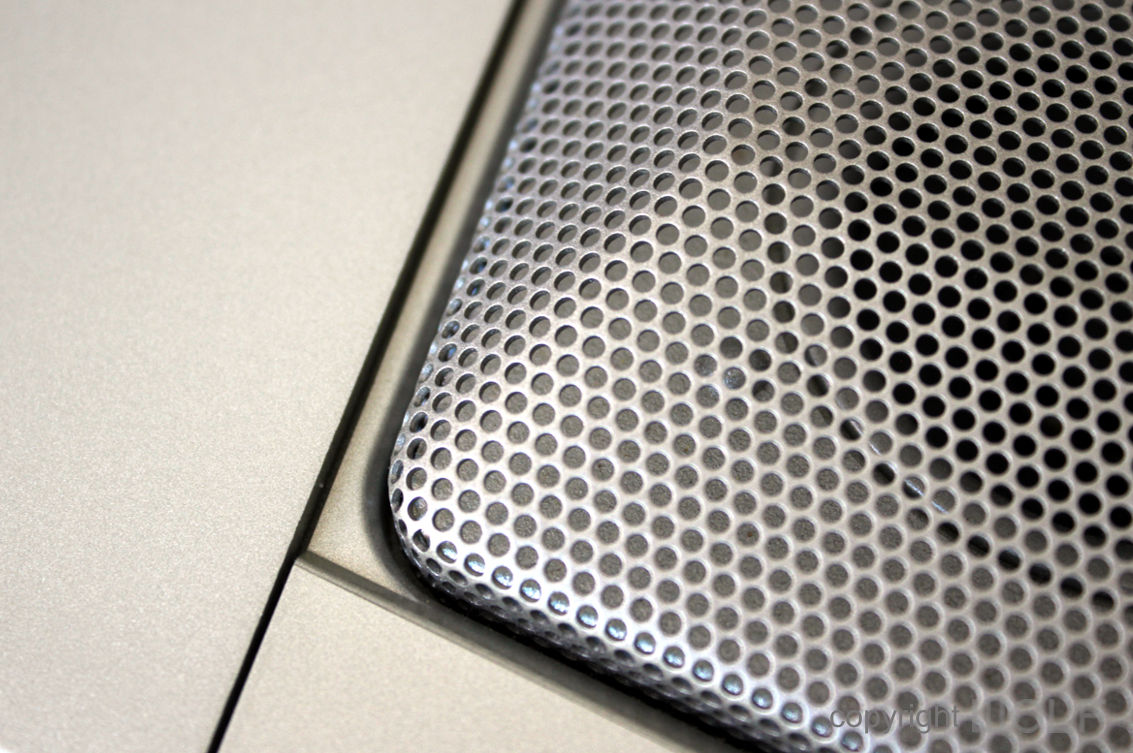
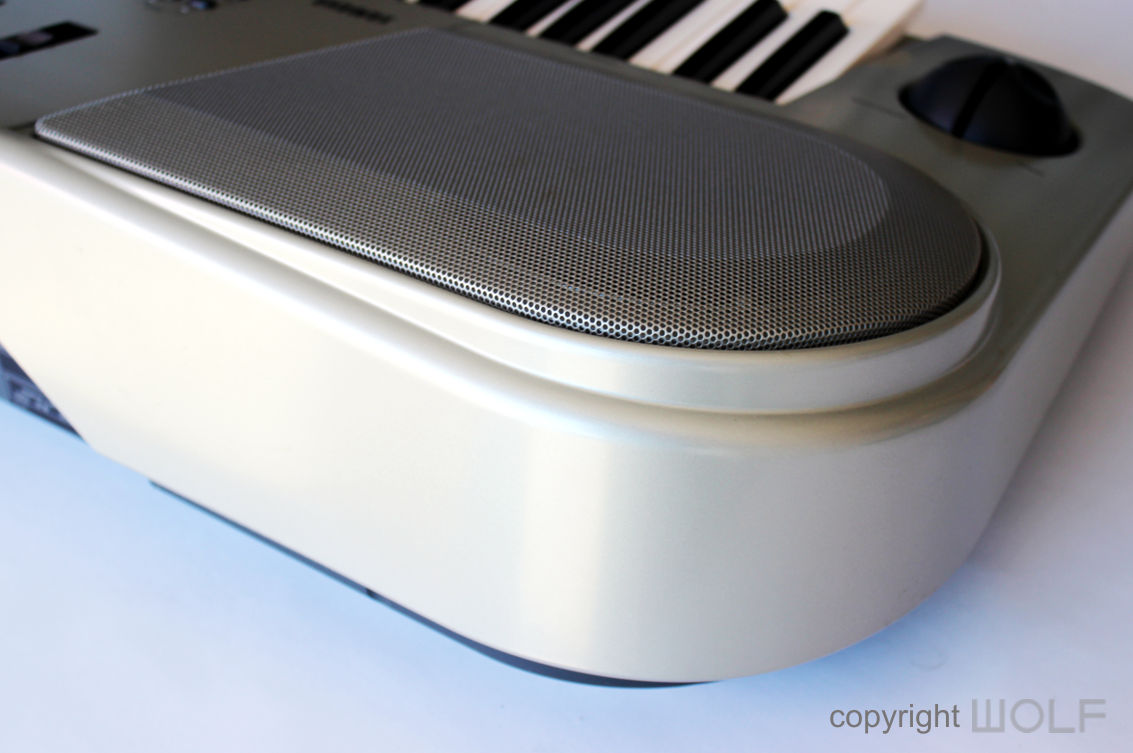

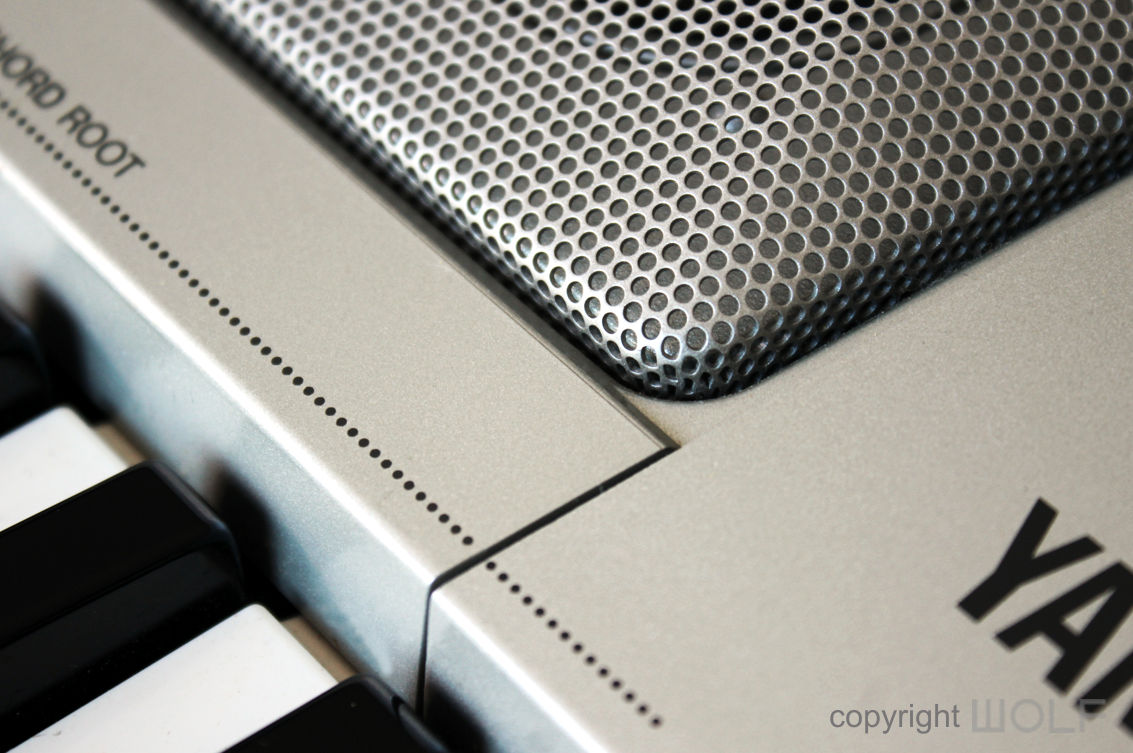
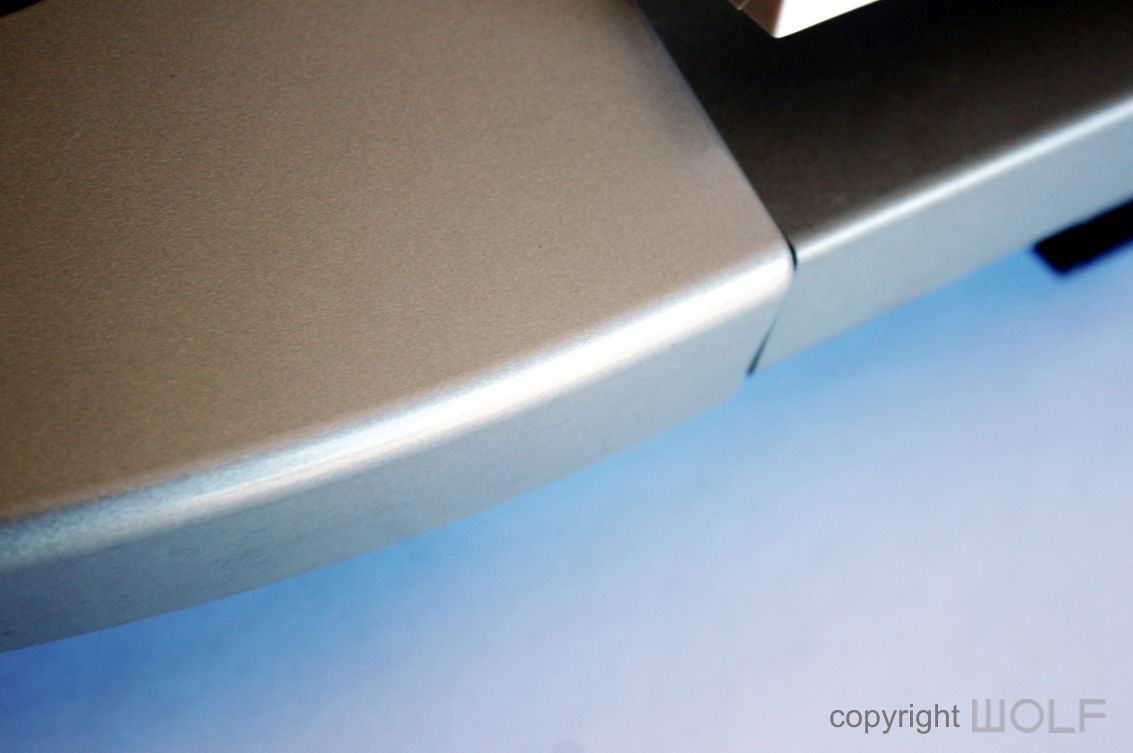

FUNCTION- Experience.
In our opinion the tic tac shaped buttons are too small and do not feel nice to press. The B900 is the first of the EOS synths to have a disk drive and does away with ROM card slots. The larger screen was a welcome improvement though could have been even larger when you consider the technology available at the time. The pronounced speakers look dynamic and although we don’t normally comment on sound quality, we were rather impressed. Overall, the B900 with its smooth and gentle curves feels inviting and nice to touch. We like its colour and in 1995 this may have been Yamahas intro to using silver which followed through to the CS2X, CS6X, EX5S and Motif series.
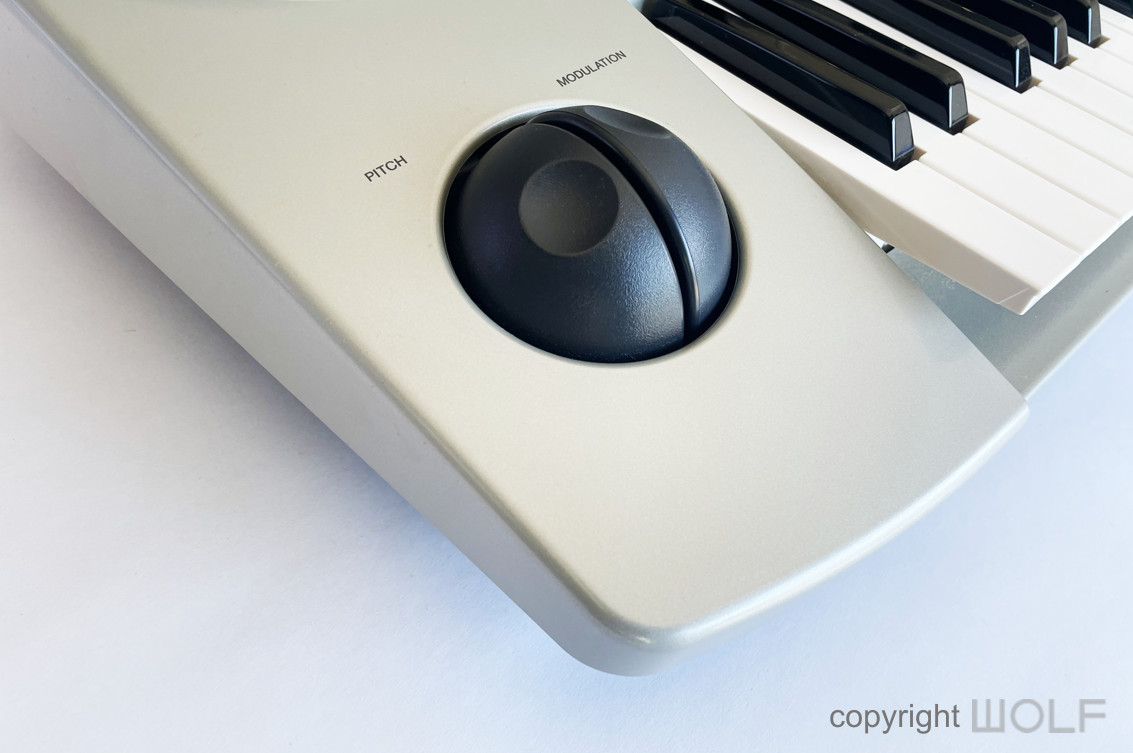
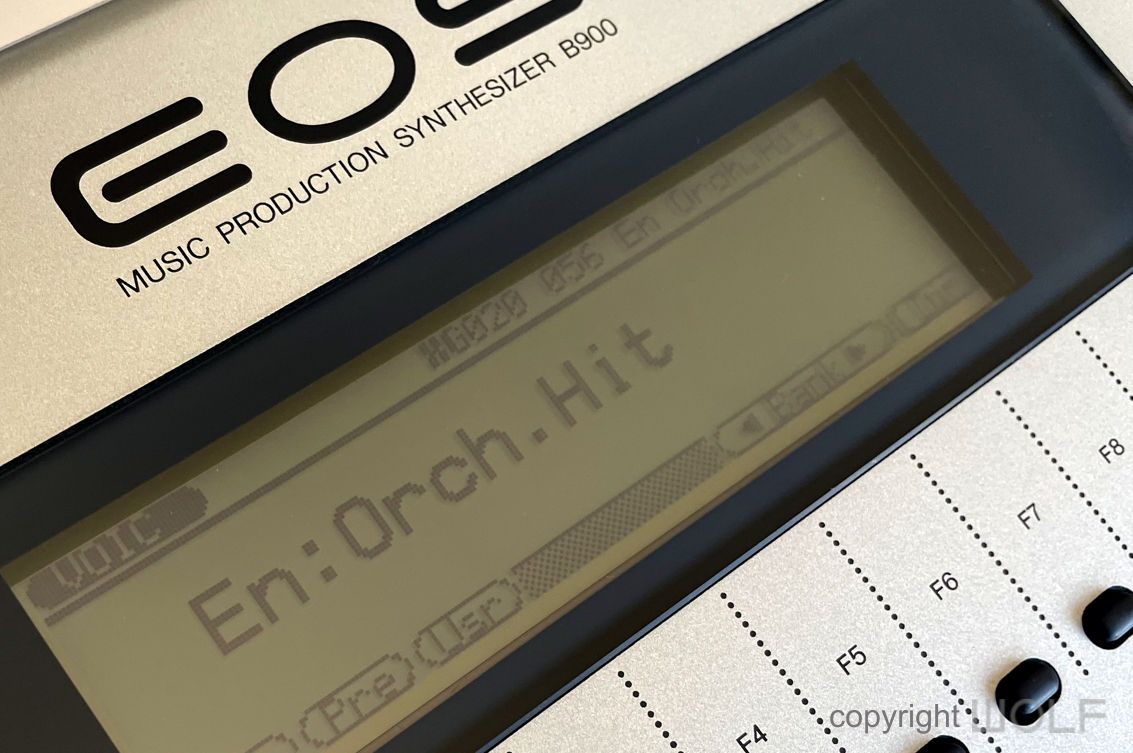





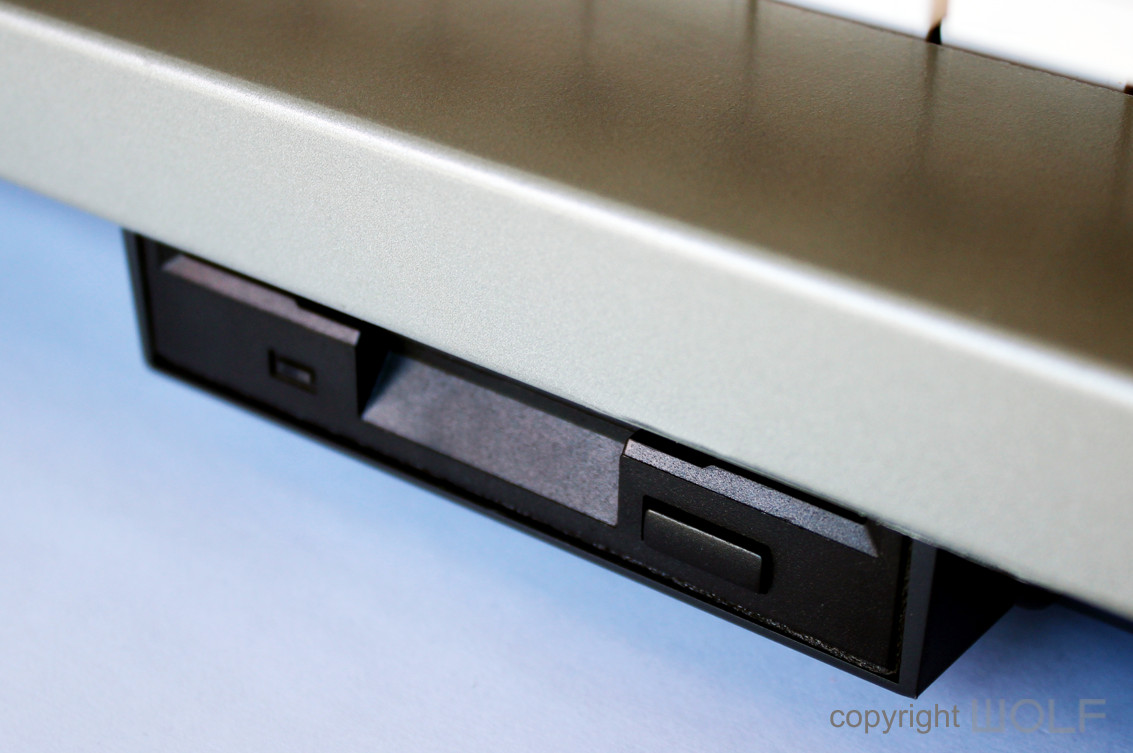
Desirability / Collectability
From a collectability perspective the B900 is neither rare or particularly unique. The original B200 in 1988 was a very brave design statement but the subsequent B models tended to play it safer. We do not think the B500, B700, and B900 will ever be that desirable or collectable for many more years. Having said that the EOS range was a successful in Japan and we imagine that owning a full set of EOS synths could be something appealing to certain Japanese collectors.
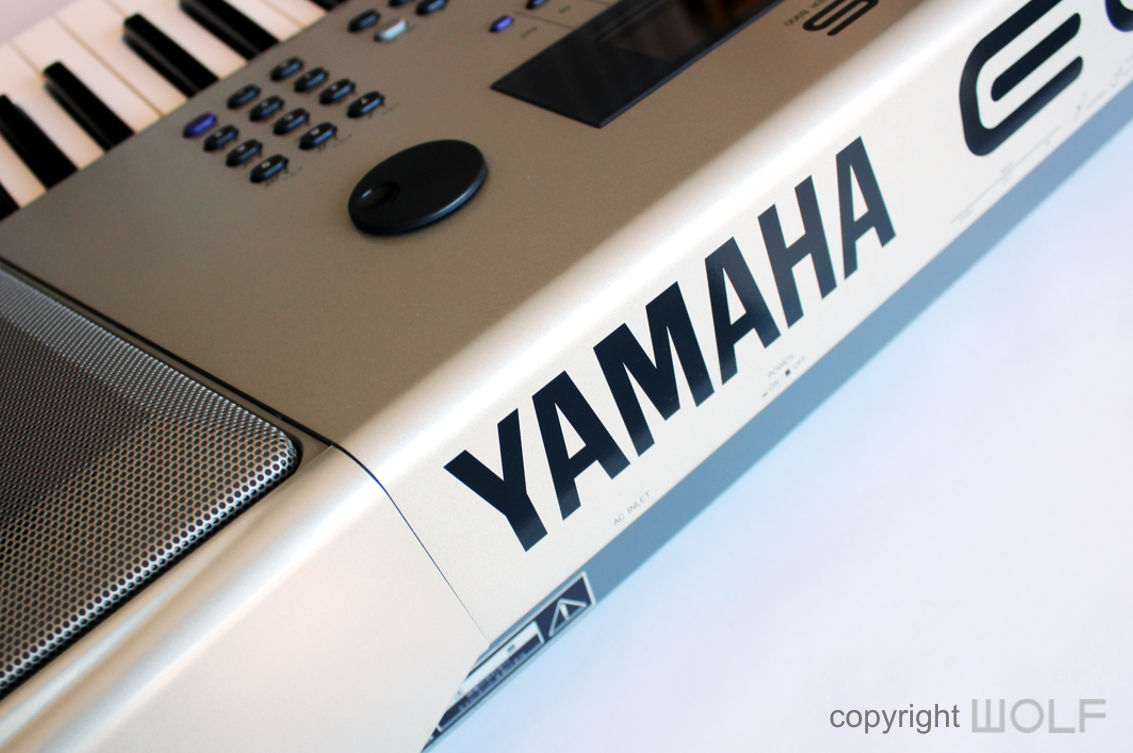
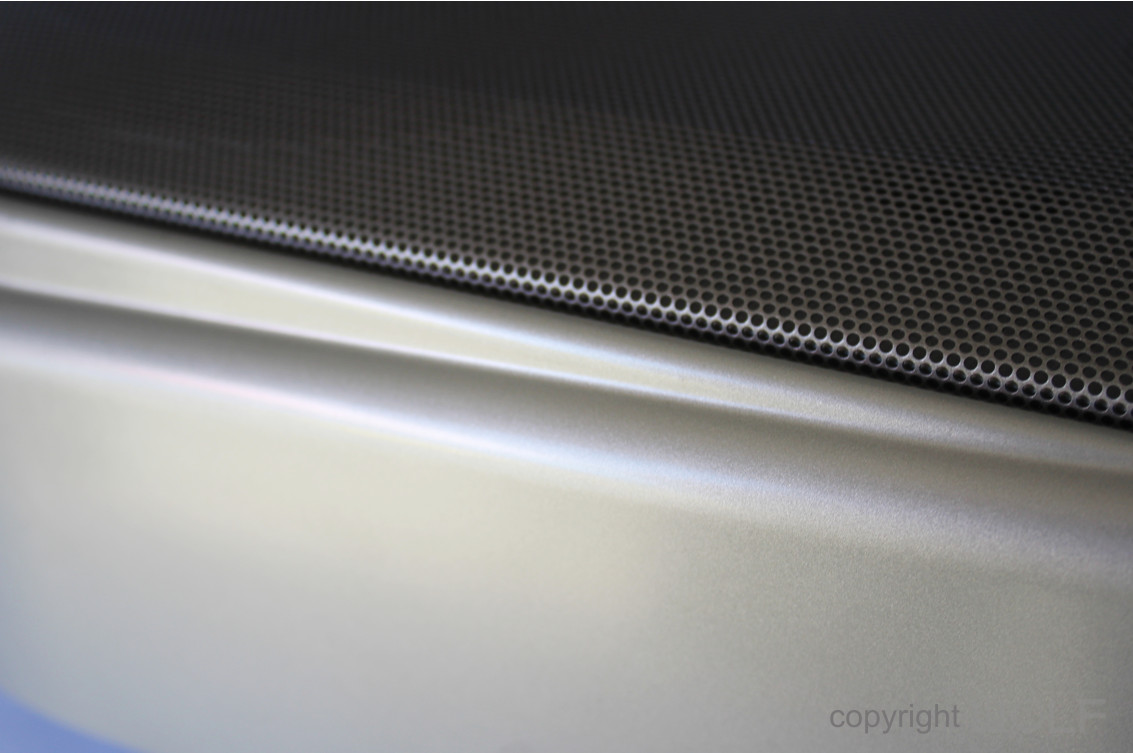
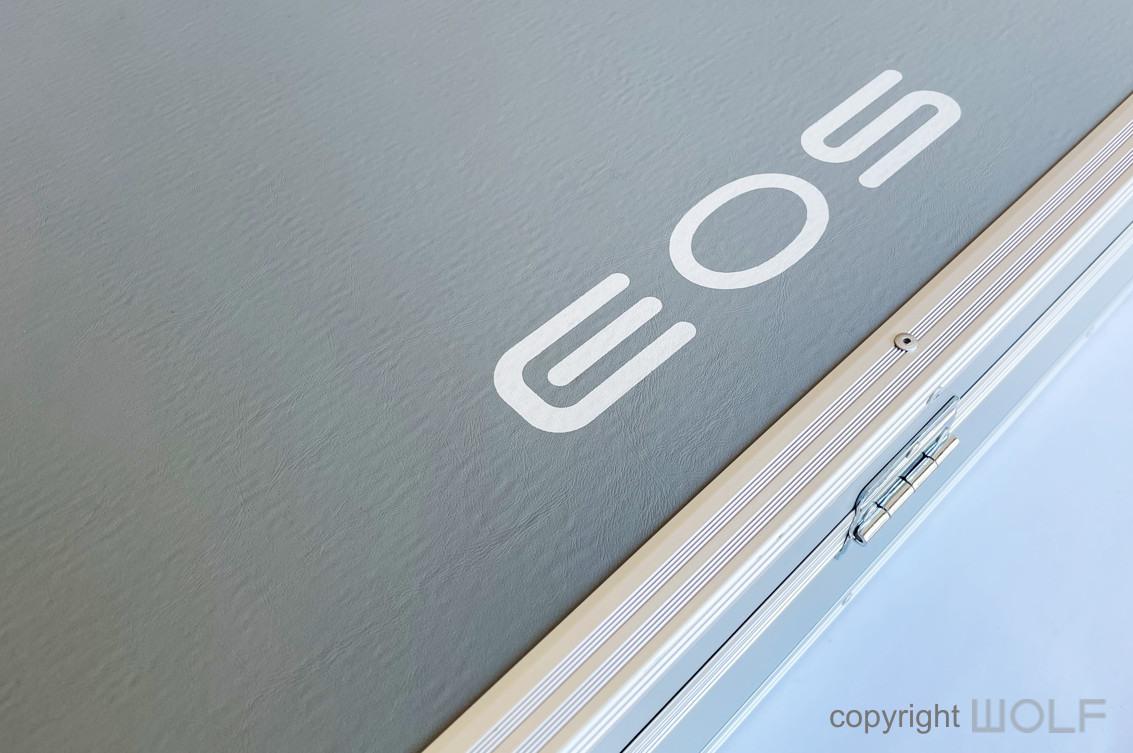
The B900 hard case had a smart grey exterior with logo stylishly positioned at the center
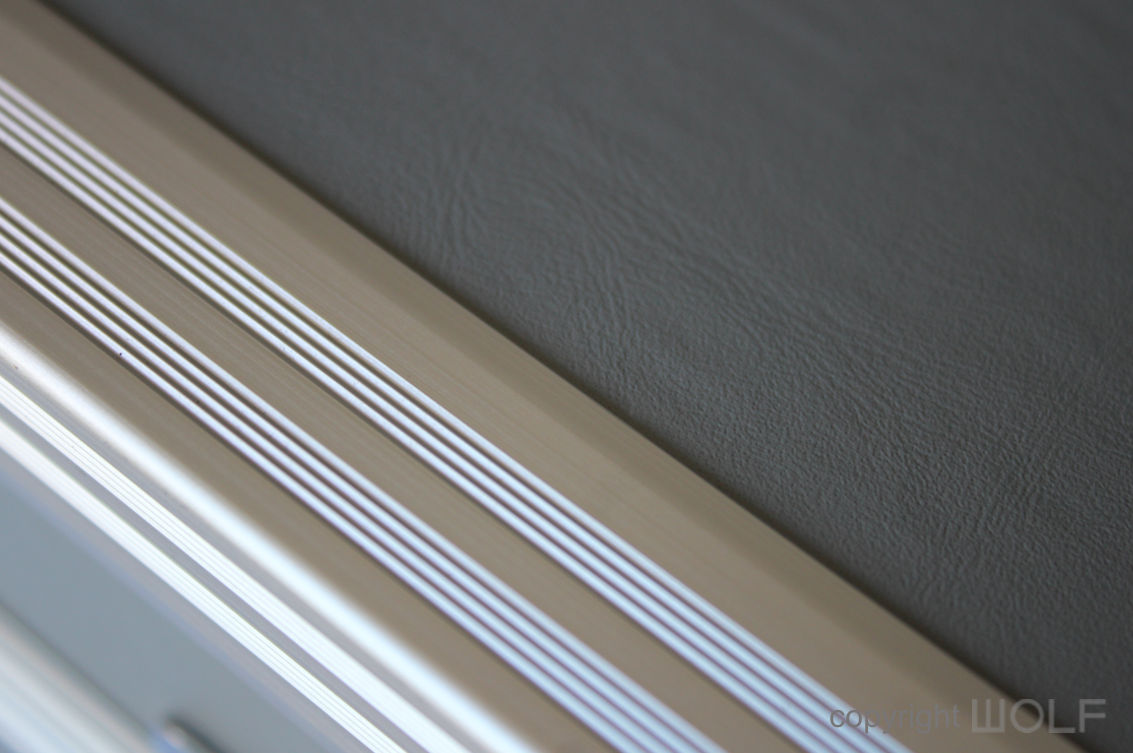
After the SY77 Flight case this is the only Yamaha case we know of that was in grey.
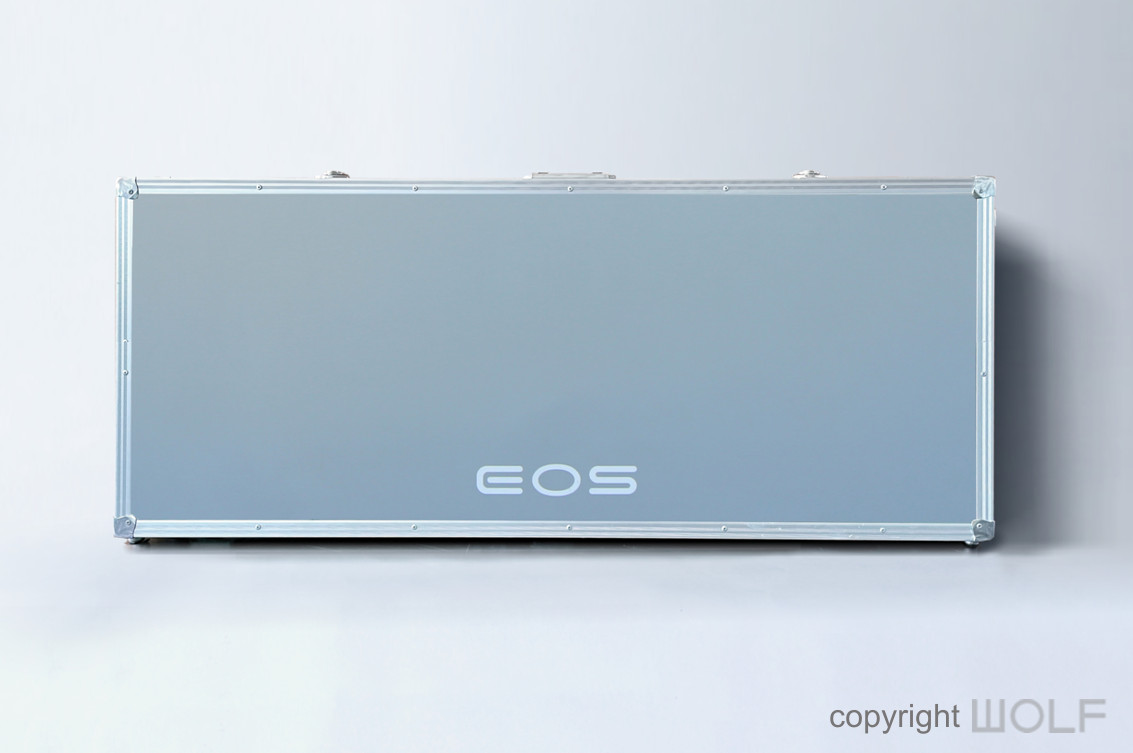
Interestingly Yamaha dropped their name logo and only labeled the case with EOS
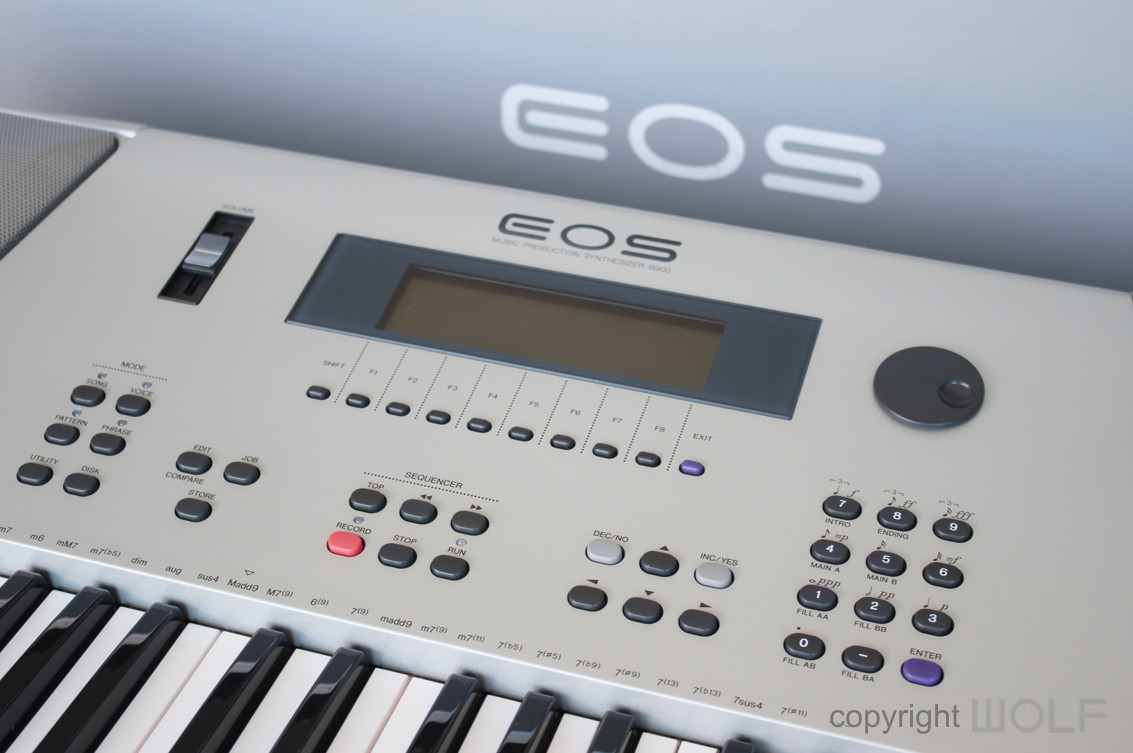

The manual was only printed in Japanese (left). There was also a Comic Manual (right)
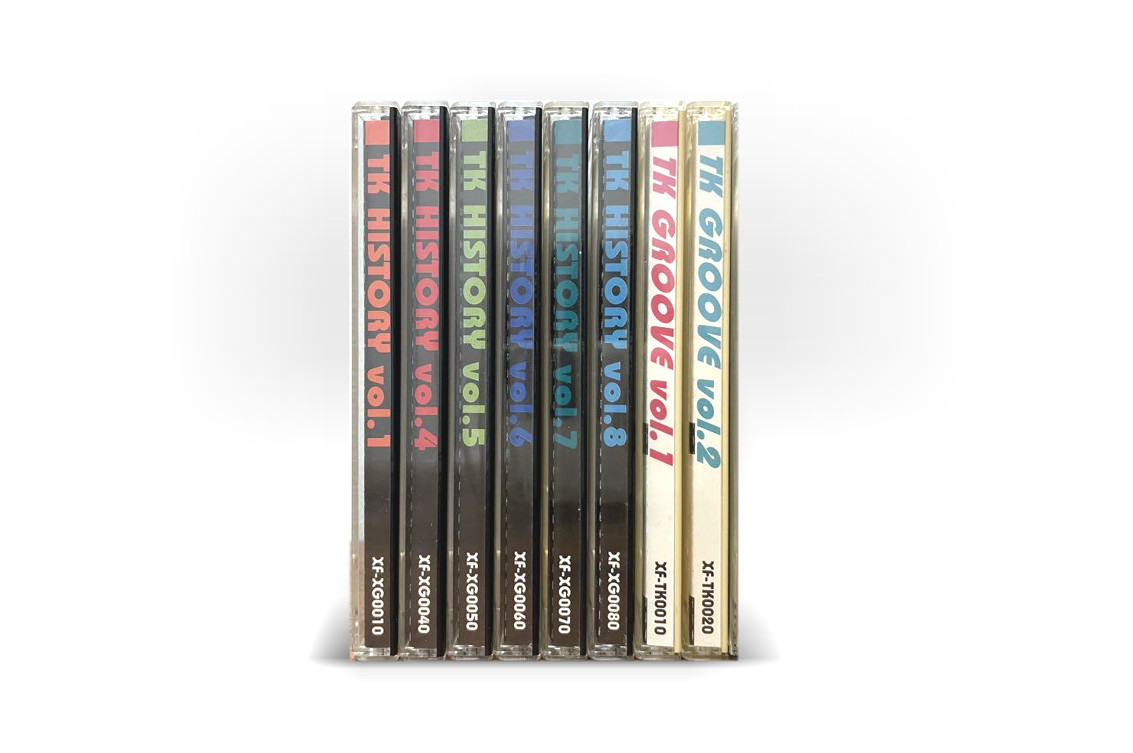
The sound library was reasonably good and from what we could see on Japanese auction sites, they can demand high prices.
WORD OF THE WOLF
As an evolution model there were advances in sound and technology but from a design perspective there was limited progress. If you find a mint one for a bargain, it is still a great sounding machine to have with the convenience of built in speakers. It is a simple and easy keyboard to play despite its weight and chunkiness. The factory grey case is different and nice a complimentary accessory.
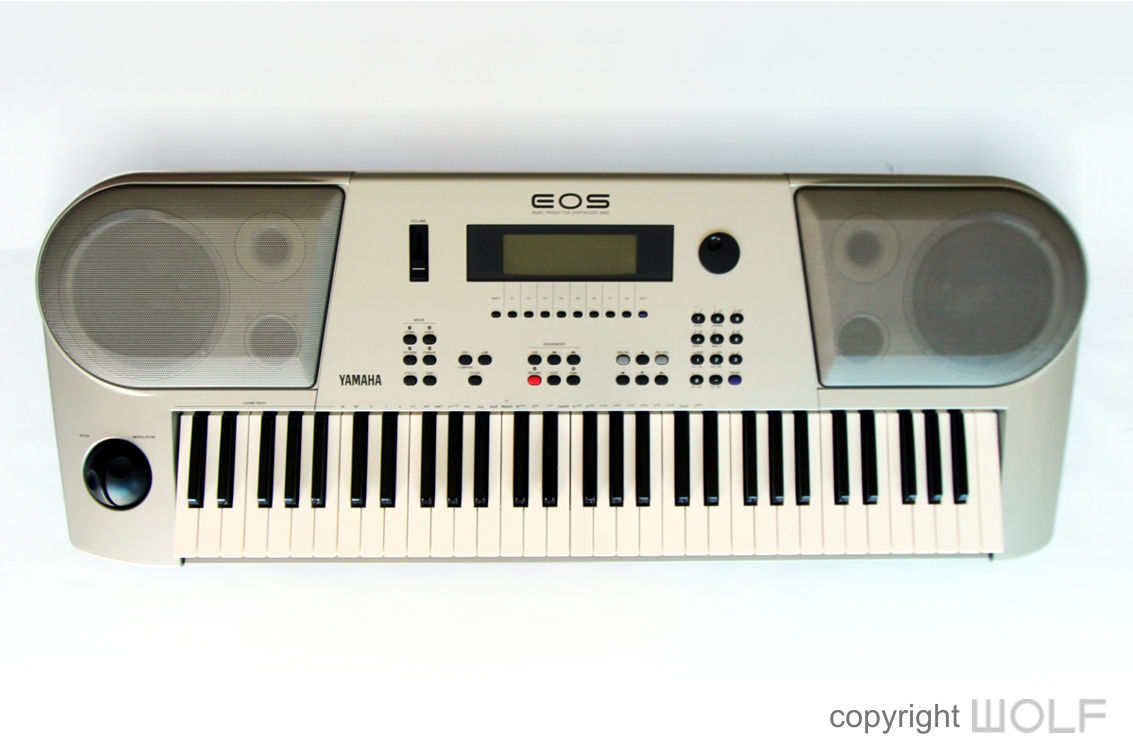
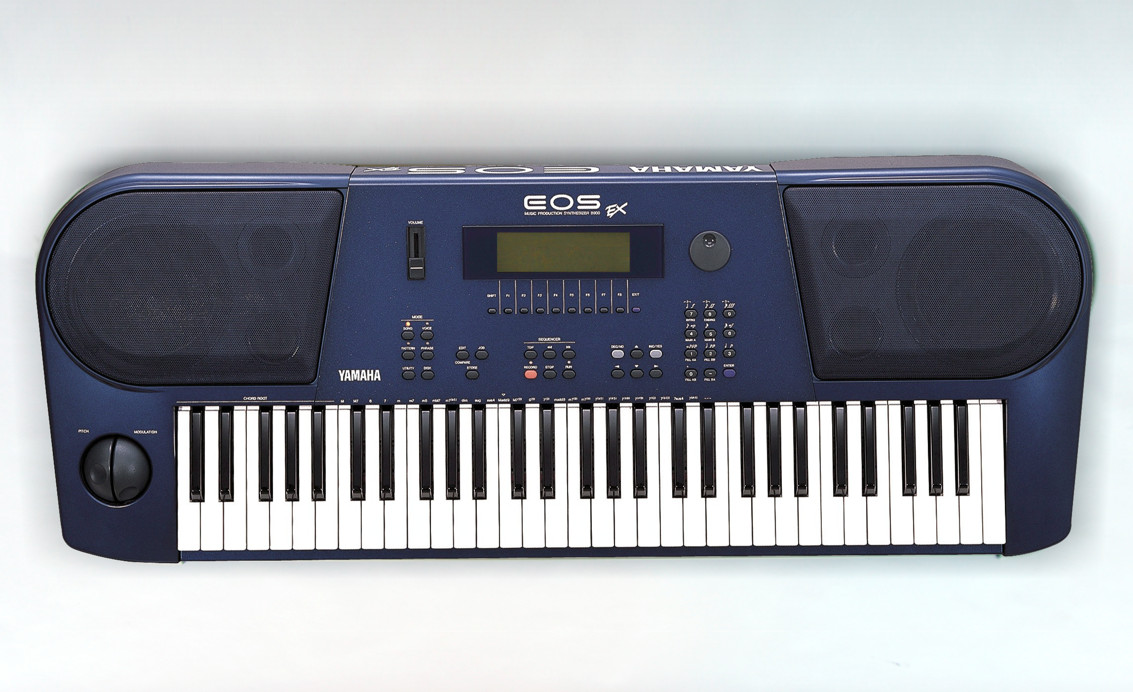
A year later in 1996 Yamaha had a blue variant called the B900EX
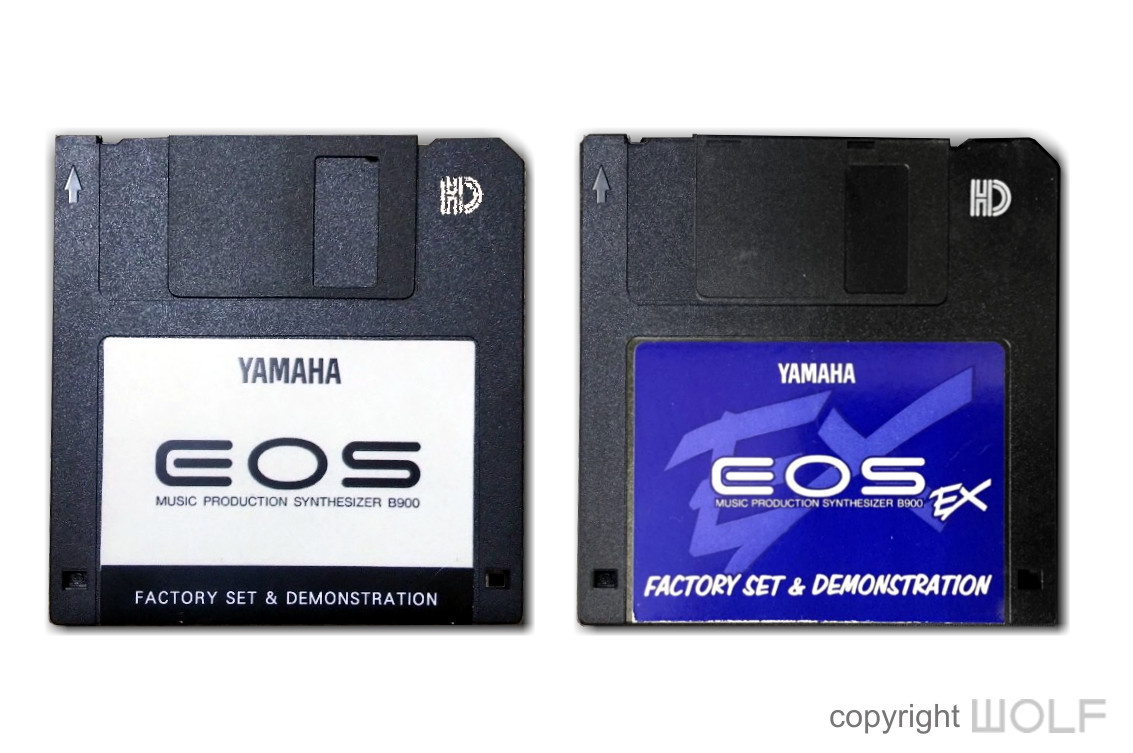
Factory disks that came with the B900 & B900EX
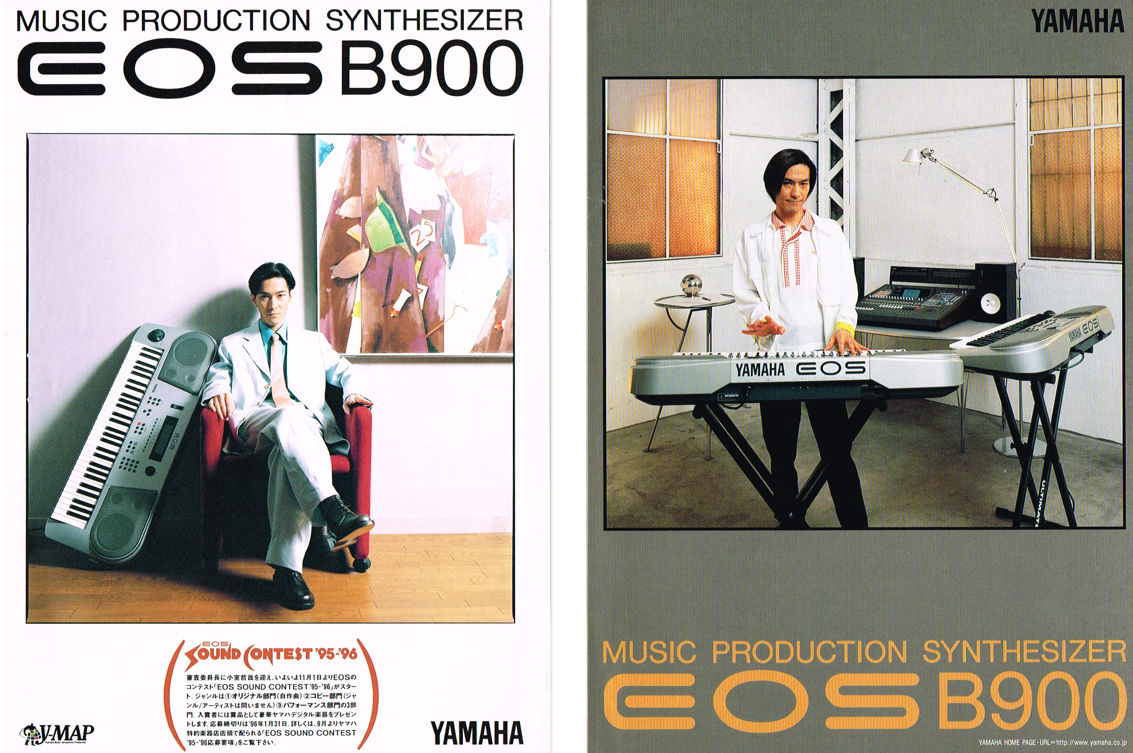
Factory Brochures were only available in Japanese.
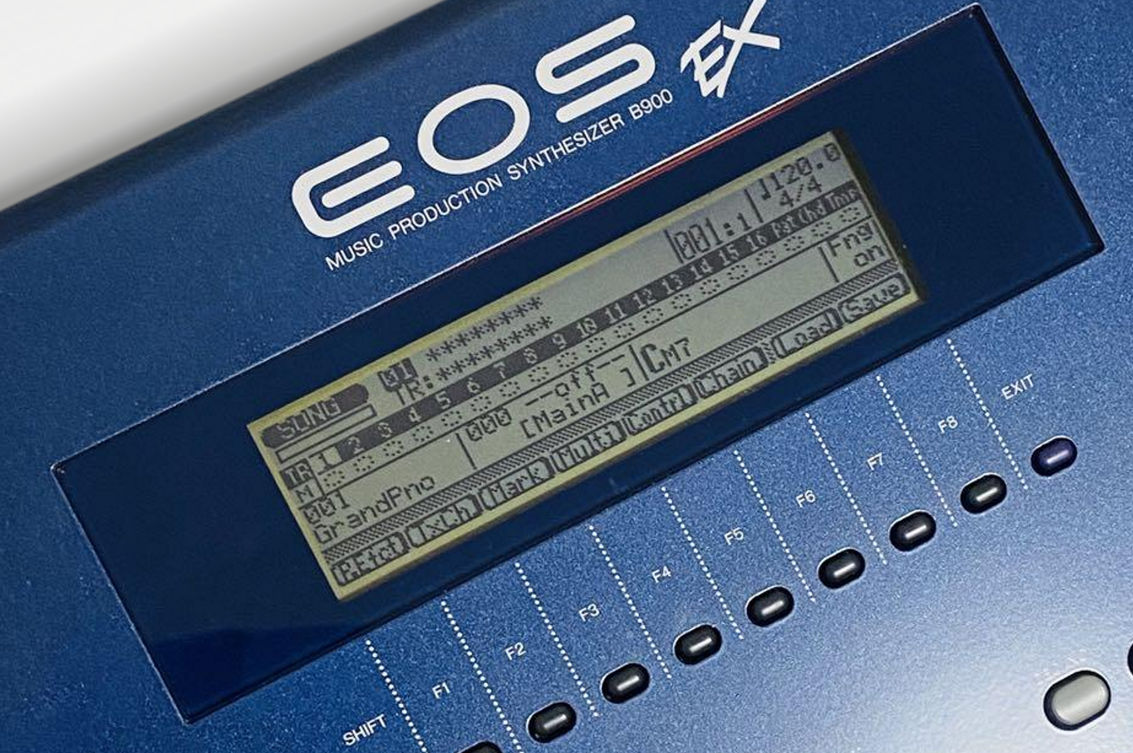
We are not sure what EX was meant to represent. Potentially it stands for Extended or Extra and from what we can tell came with different sounds. This was the first time Yamaha labeled anything with EX and we wonder if that was the genesis for naming the EX5 and EX7 synthesizers which were to follow two years later in 1998. Coincidentally the EX synths had a very similar blue colour, and later they had a limited edition EX5S in silver.
WOLF DESIGN EXCELLENCE SCORE = 5.8
Disclaimer
The information in this review is intended for informational or educational purposes to provide readers an understanding of how something may be seen from a certain design perspective. In this case it is from the view point of WOLF DESIGNS. As design is subjective this review should only be considered as an independent opinion. Information further to being of an opinion is provided to the best of our knowledge based on our own research at the time of doing the review. We cannot be held responsible for any inaccuracies or inconsistencies and reserve the right to change or update any content as appropriate.
The final responsibility of the design resides with the original manufacturer.

